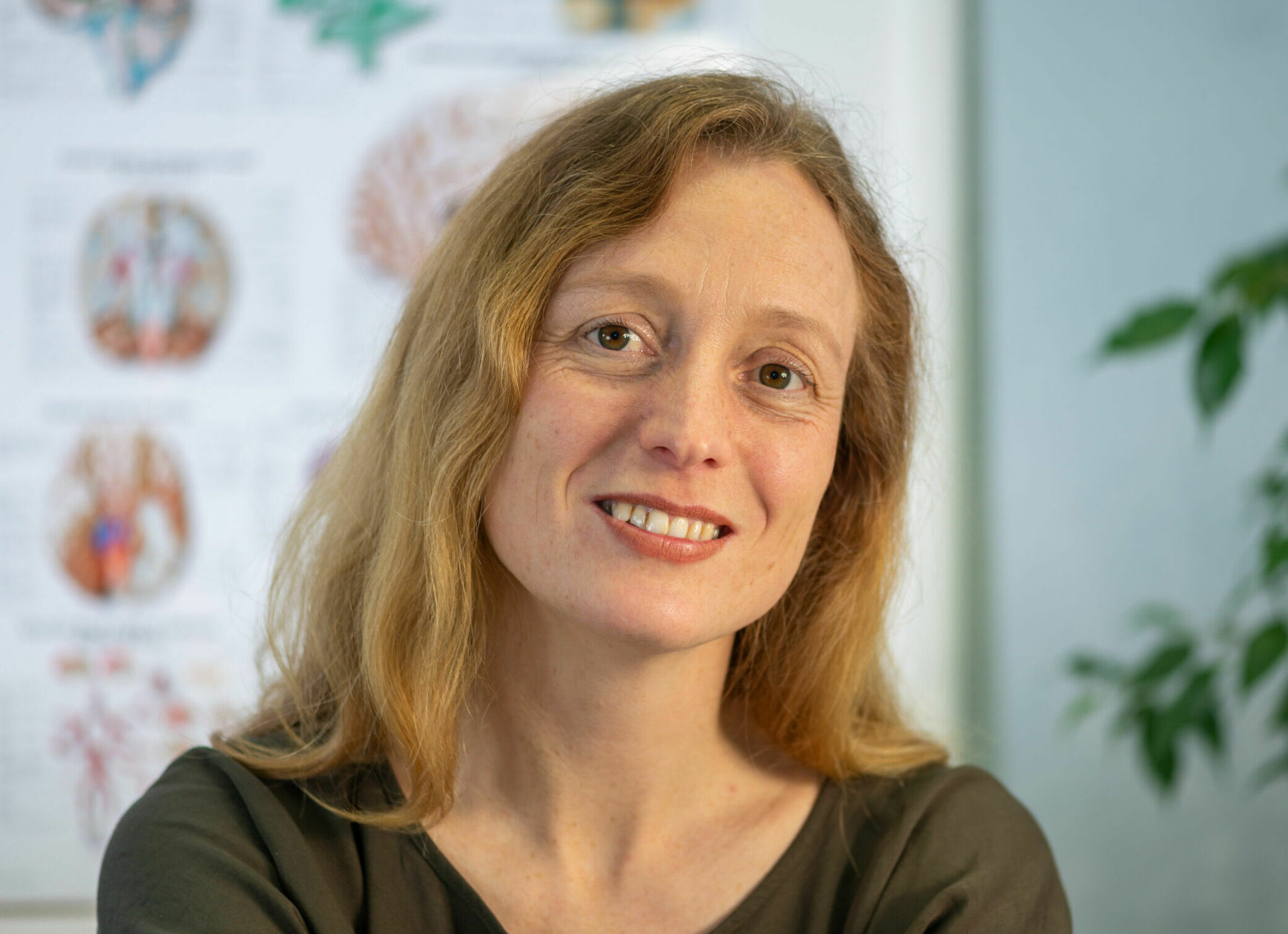Perception of Health and Disease in Body Odors
Our teams at TU Dresden and FSU Jena will be focusing on the characterization (i.e. sampling and analysis) of healthy and pathological body odors, its perception by normosmic and individuals with smell deficits.
Establishment of a valid and reliable system of body odour description (Work Package 2)
BACKGROUND: Body odours play a subtle but decisive role in many social situations. They are influenced by genetic connections, hormonal changes, current inflammatory processes and nutrition, among other things. Since the apocrine sweat glands are sensitive to adrenaline, physiological and emotional arousal also change body odour. In WP2, we will investigate the composition and perception of body odours under different conditions and from a variety of different healthy donors.
METHODS: We will develop a matrix that captures how people describe body odour from different „settings“: during exercise, emotional stress, different diets, etc. For that purpose, an online survey with 1000 participants with different languages and cultural backgrounds will be conducted. Furthermore, body odors will be sampled from healthy individuals from worn textiles and swabs from nose, ear and navel. The body odor donors will be of different sex, age, nutrition and fitness levels and the samples will be taken under different conditions (sport, emotional stress, positive emotion). Finally, the sampled body odors will be rated with the newly developed matrix and the chemical composition of the body odors will be investigated by experts on this field from FAU Erlangen.
Human Perception of Health and Disease in Body Odours (Work Package 5)
BACKGROUND: Changes in body odour provide clues to diseases – sometimes much earlier than through other diagnostic instruments. For example, Parkinson is known to have a characteristic smell, as Joy Milnes, a British woman with an unusually good sense of smell, detected at her own husband. While visual information in particular is enhanced and supported by modern technology in medicine – for example through ultrasound, endoscopy or microscopy of blood or urine samples – this is not yet possible for olfactory information. In Work Package 5, we will sample body odors in different pathologies and evaluate the verbal descriptors for body odour perception as developed in Work Package 2.
METHODS: Sweat and body waste products are sampled from patients with Parkinson’s disease, Alzheimer’s disease, or acute colds and from controls (T-shirts, swabs). Sweat of patients with acute COVID19 is sampled during the acute phase and after recovery. These will then be analyzed by human observers and also by an electronic nose device provided by our partner SmartNanotubes Technologies GmbH.
Furthermore, in order to characterize odours from the perspective of patients with olfactory dysfunction, TUD-UKD will be strongly involved in the evaluation of odors by patients with olfactory loss, in comparison to individuals with a an normal sense of smell.
Team members involved

Chair of Clinical Psychology

Smell and Taste Clinic

Chair of Clinical Psychology

Taste and Smell Clinic

Chair of Clinical Psychology

Chair of Clinical Psychology

Chair of Clinical Psychology

Chair of Clinical Psychology



